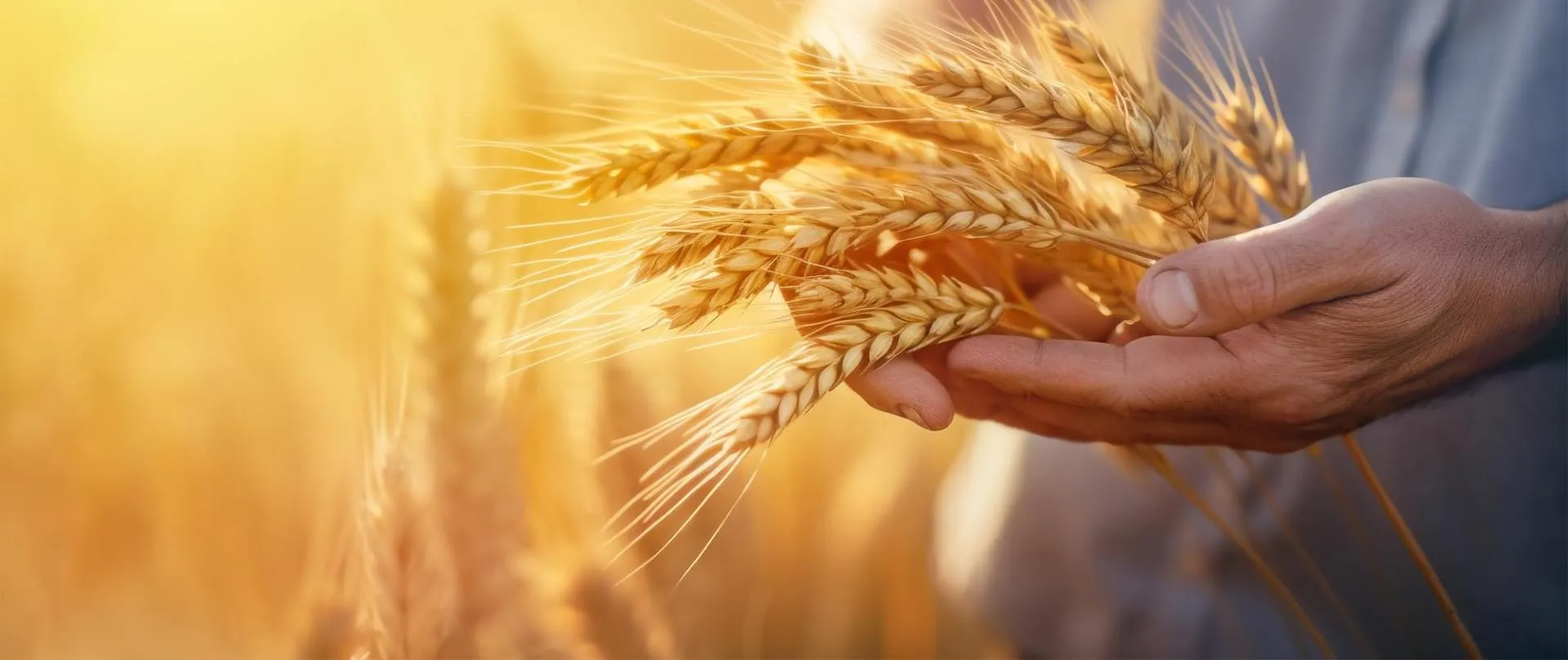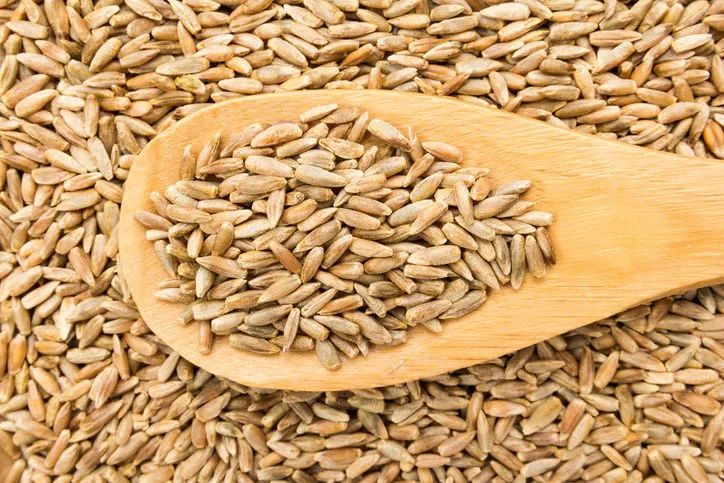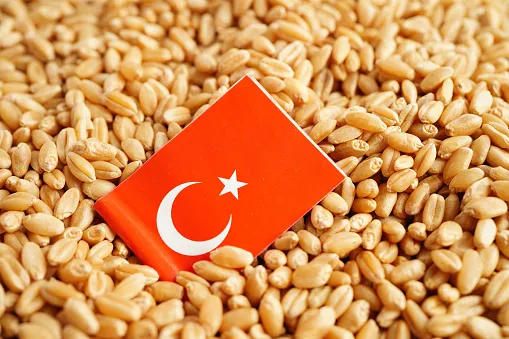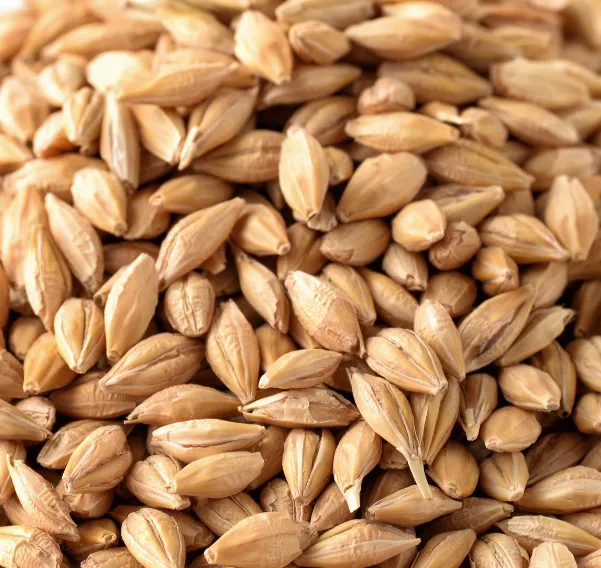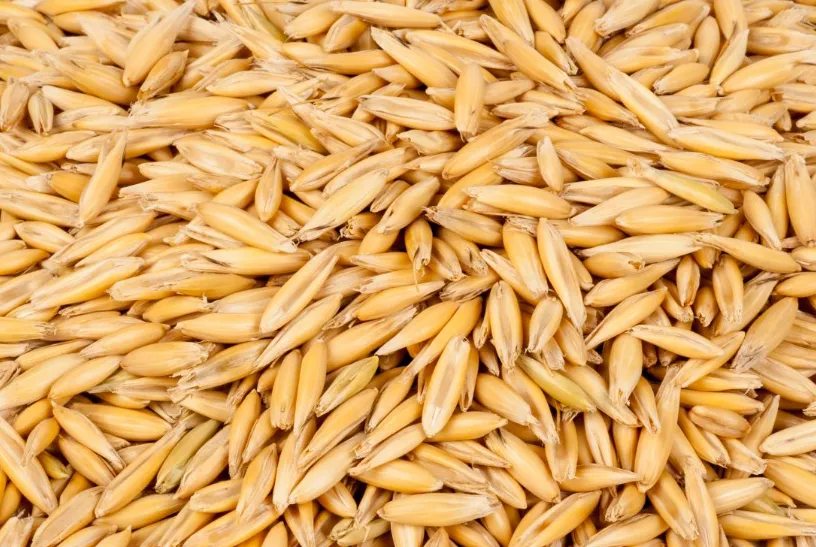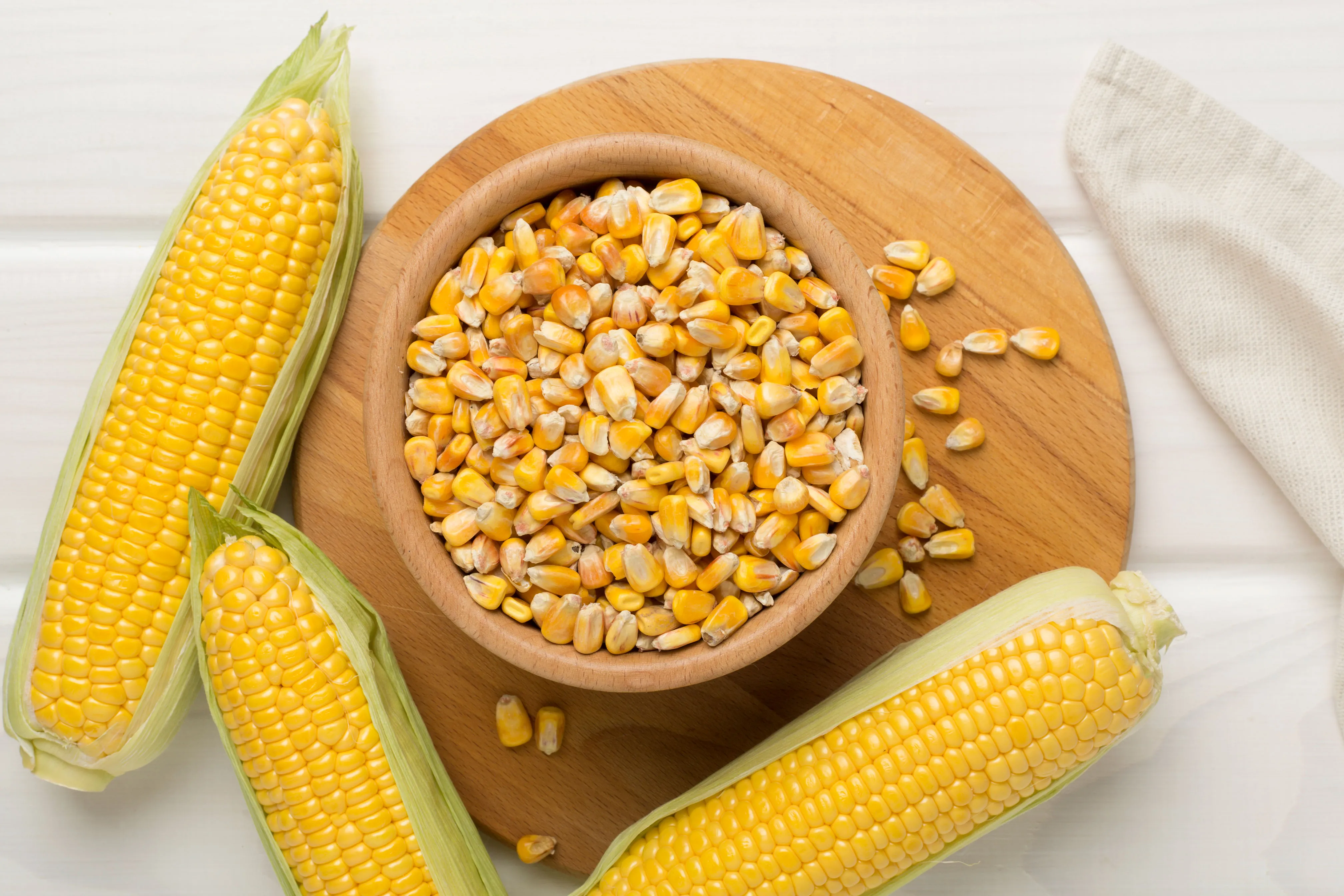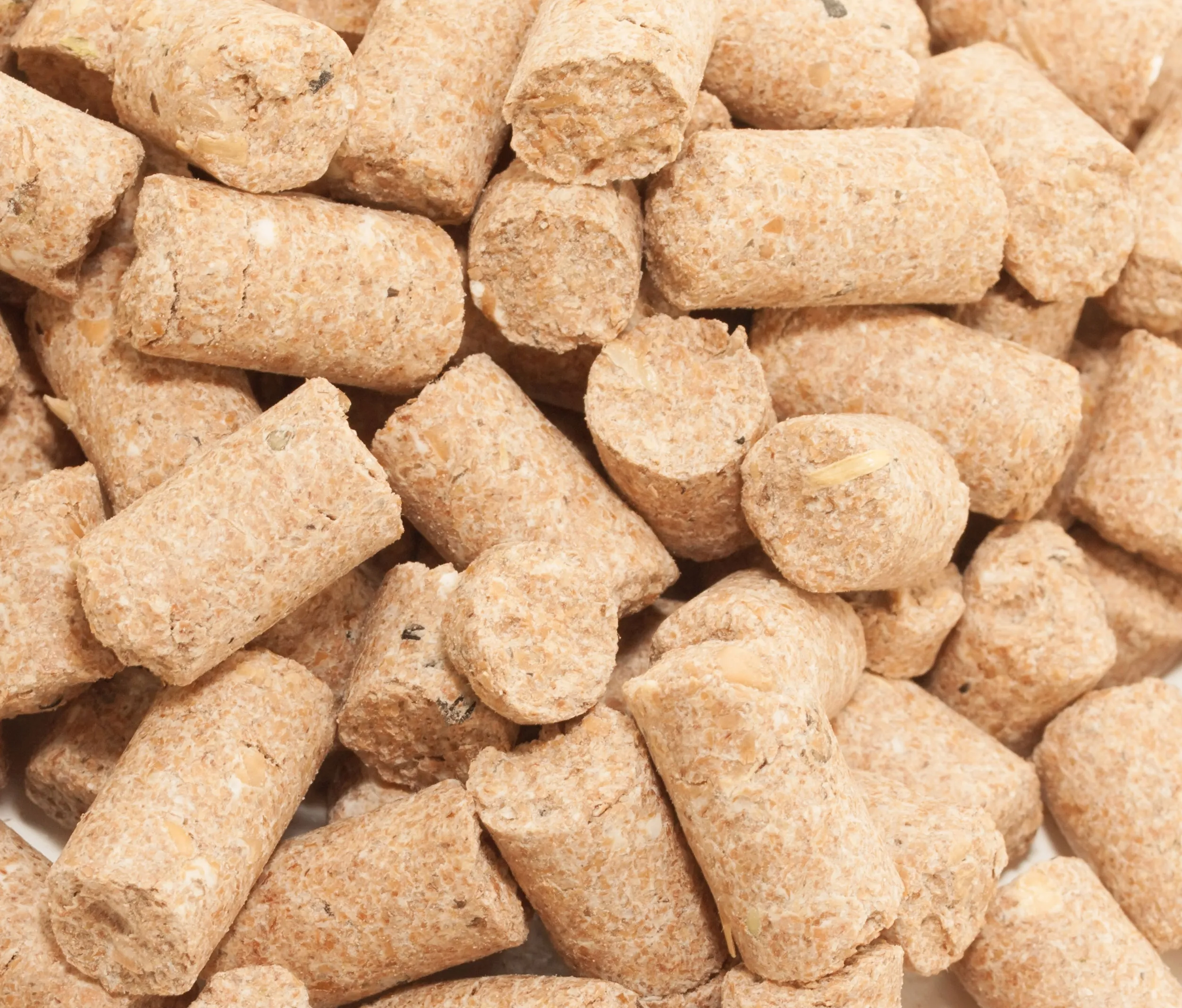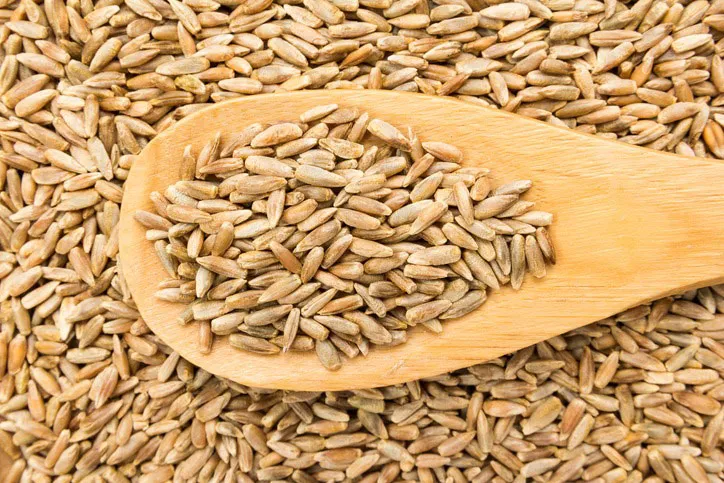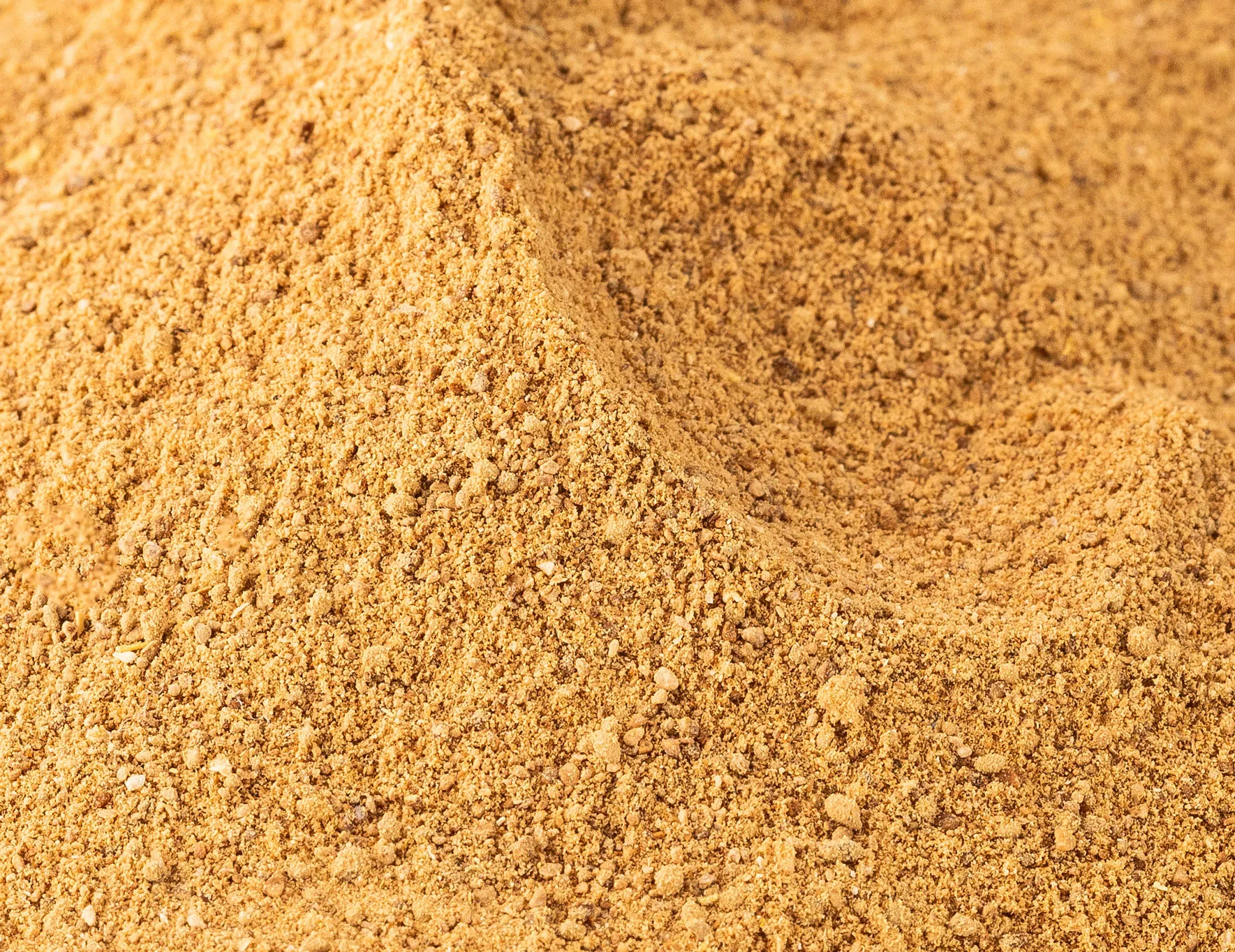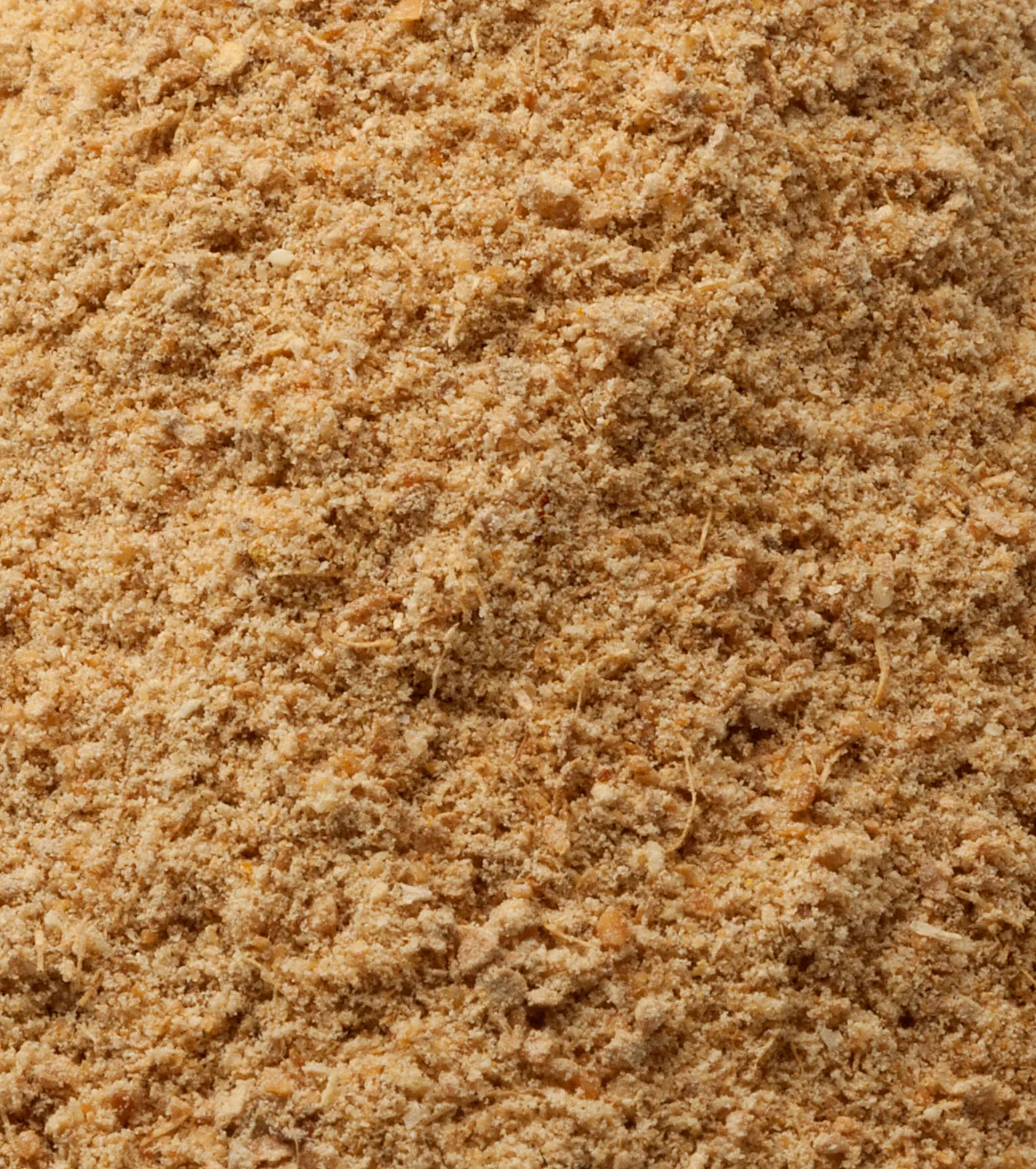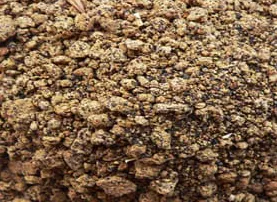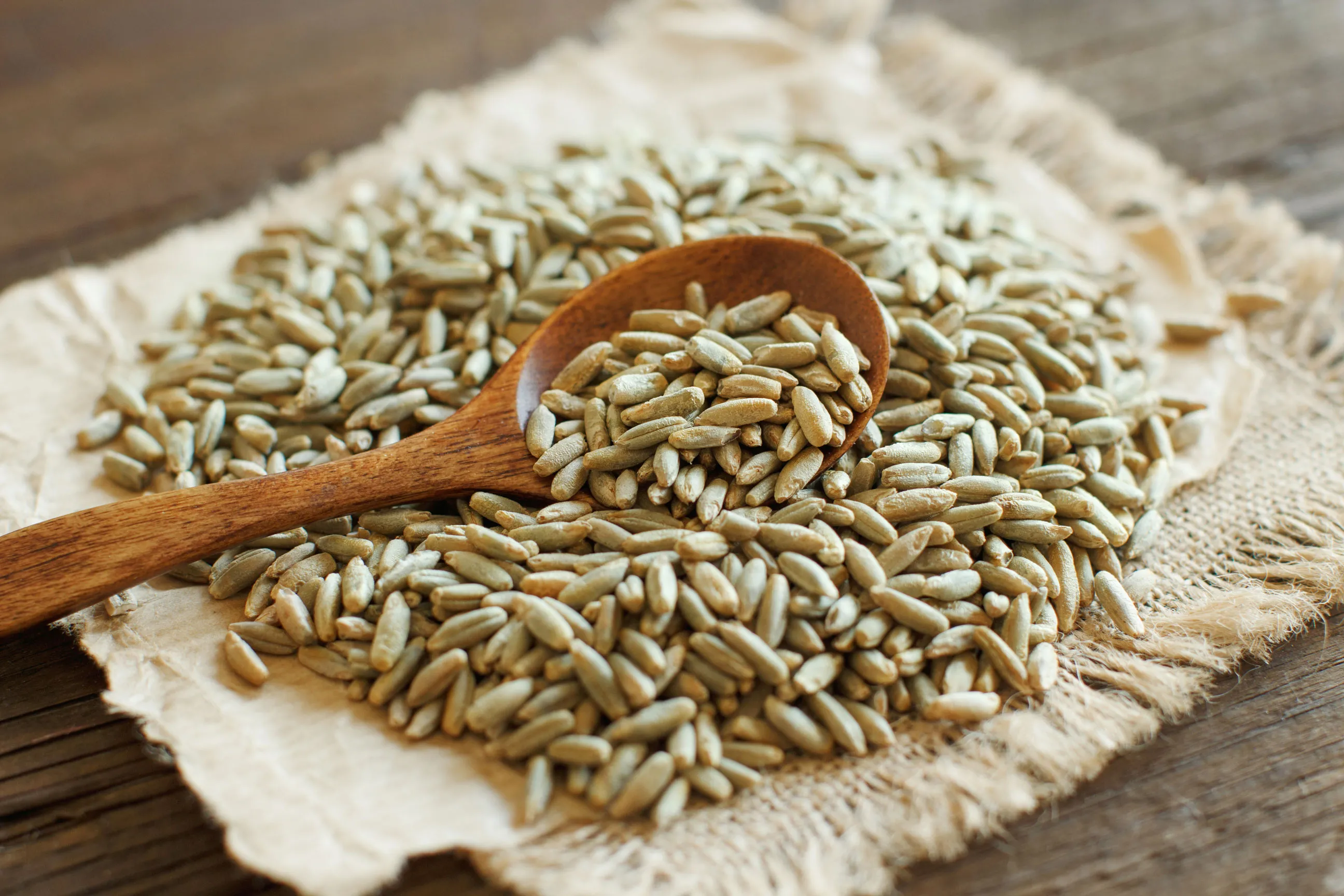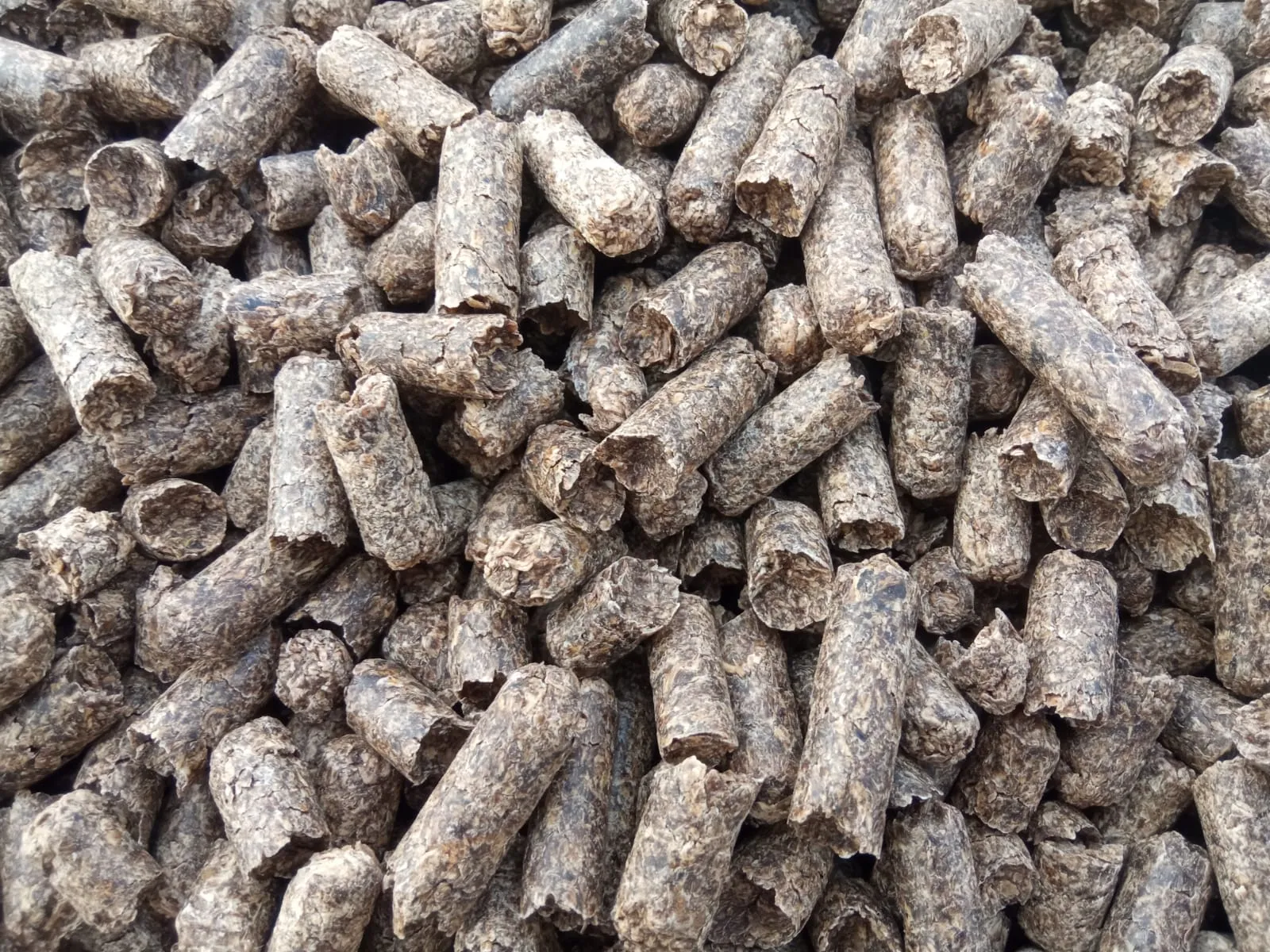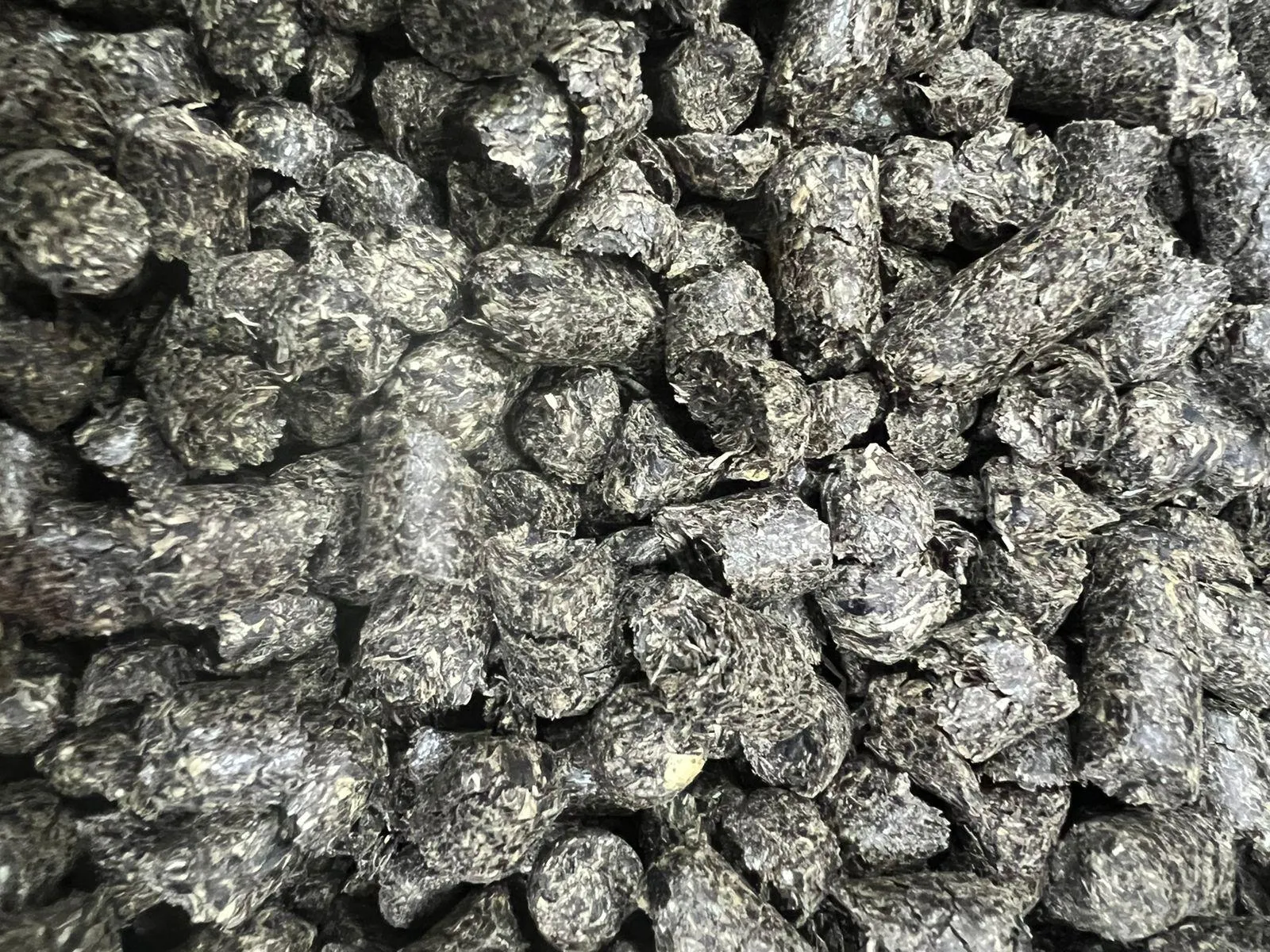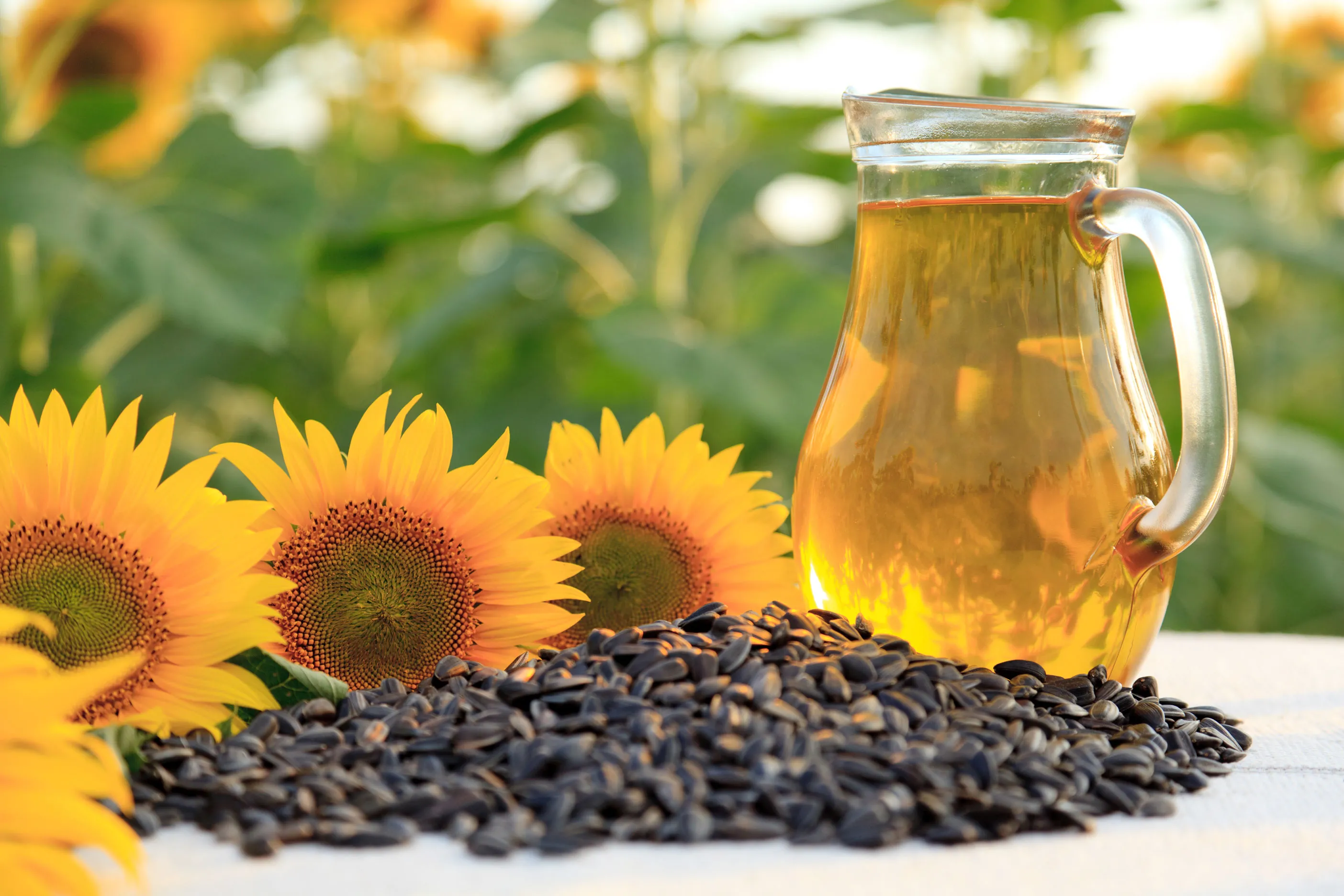Triticale is a hybrid crop that adapts well to arid agricultural regions and offers higher grain yields than other cereals. As a cross between wheat and rye, it inherits its resilience to harsh conditions from its paternal parent, rye—enabling it to grow successfully in many dry and marginal soils.
Triticale is a hybrid crop that adapts well to arid agricultural regions and offers higher grain yields than other cereals. As a cross between wheat and rye, it inherits its tolerance to harsh conditions from its paternal parent, rye—allowing it to grow successfully in many dry and marginal soils. The plant typically reaches a height of 110 to 120 cm.
Triticale can be used for grazing purposes and plays an important role in both grain and forage production for animal feed.
Triticale is a valuable feed source in livestock production due to its energy, protein, and fiber content. It is suitable for both ruminants and poultry, and is typically used in combination with other feed ingredients. Thanks to its productivity and resilience, triticale enables the production of high-quality feed at low cost. However, due to its high fiber content and occasionally low protein levels, it is important to use it in a balanced manner.
Nutritional Values of Triticale (per 100 grams)
Energy: 350–370 kcal
Crude Protein: 10–14%
Fat: 3–5%
Crude Fiber: 14–18%
Starch: 60–65%
Total Sugars: 5–6%
Minerals: Calcium, Phosphorus, Magnesium, Potassium

